Both the 5W30 and the 10W30 are synthetic multigrade engine oils used to protect the engine. The 5W30 is thinner and works best at lower temperatures whereas the 10W30 performs best in hotter weather.
How do they differ? Let’s dig deeper.
What’s 5W30?
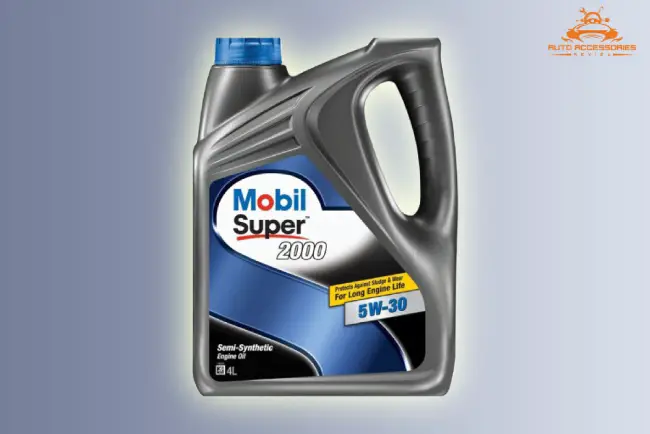
5W30 is a synthetic, multigrade engine oil used by a number of light petrol or diesel engines. This oil has a wide temperature range, meaning it can protect your engine in a broad temperature spectrum. The 5W30 oil also provides excellent lubrication.
The 5W30 engine oil works like a SAE5 grade oil at 0°C and like a SAE30 grade oil at the operating temperature of the engine, 100°C. The oil is a bit thinner and provides better efficiency than many of its competitors. 5W30 works better in cold temperatures.
What’s 10W30?
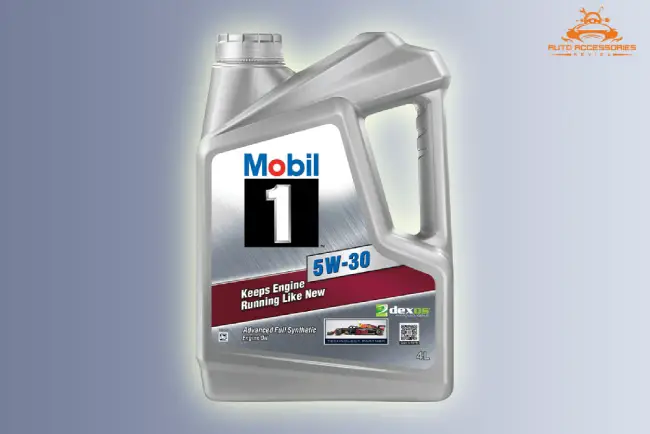
Just like the 5W30, the 10W30 is also a synthetic, multigrade engine oil. It is mostly seen in older cars and heavy-weight hauling vehicles. The oil is designed to provide lubrication in a wide range of temperatures. It is a bit thicker in lower temperatures.
At 0°C, the 10W30 works like a SAE10 grade oil and like a SAE30 grade oil in the operating temperature. The oil has a similar performance to the 5W30 oil at higher temperatures, and performs best in the summer seasons.
5W30 vs 10W30 oil: How Do They Differ?
1. Viscosity
5W30
As you have already guessed, the primary difference between the 5W30 and 10W30 oil is the apparent viscosity at different temperatures. With a slightly broader temperature range, the 5W30 wins this round. The lower viscosity helps this oil to perform better at a lower temp.
This is how both engine oils perform at high temperatures: (Video)
Credit: olezol.com
10W30
This might be true that the 10W30 performs similarly to the 5W30 at high temperatures. However, the 5W30 outperforms the 10W30 in lower temperatures. The 5W30 helps your engine to start smoothly whereas the 10W30 helps the engine to run smoothly.
Here is the performance of 5W30 and 10W30 engine oil at low temperature: (Video)
Credit: olezol.com
2. Use
5W30
The 5W30 is designed for cold weather, where the outside temperature is below 0C. The “W” in the SAE grade refers to “winter” aka cold temperatures. Unlike many other liquids, the 5W30 doesn’t freeze at that temperature, enabling your engine to start smoothly.
Most modern-day cars and small vehicles use 5W30 engine oil. It is mostly seen in light petrol or diesel engines.
10W30
The apparently thicker 10W30 is a summer oil, meaning it performs best in hotter climates. The oil can still be used in colder regions, but the oil won’t perform as well as the thinner 5W30. The 10W30 helps your engine to run smoothly for a long time.
10W30 is mainly seen in commercial and heavy-weight hauler vehicles. Some older cars also use it. The oil thins out at a slower rate than the 5W30, at high temperatures.
3. Performance
5W30
The 5W30 also takes the lead in performance with a wider temperature range. The oil provides high efficiency because thinner oil can reach tough corners inside the engine more efficiently.
However, the oil breaks down quicker than the 10W30 in high temperatures.
For those who aren’t clear, this is how engine oils protect your engine:
10W30
Thicker oil takes more time to reach tough corners on your engine and as a result, can’t provide enough lubrication. This is exactly what happens to the 10W30 in lower temperatures. The 10W30 was designed for the summer season and performs better than the 5W30 on a hot summer day.
In terms of performance, the 5W30 and the 10W30 can’t be compared as they are built for different applications.
4. Suitable temperature
5W30
The 5W30 is a winter season oil. It will help the engine start smoothly even when it’s freezing outside. This multigrade oil also performs decently in hotter temperatures. 5W30 can work between -35°C to 30°C.
With a wider range of suitable temperatures, the 5W30 takes the lead again.
10W30
This might be true that the 10W30 also works at a variety of temperatures. However, it has a shorter range of suitable temperatures than the 5W30. The oil can only work efficiently between -18°C to 40°C.
If you are in a cold area, using the 5W30 is the best choice and for hotter regions, 10W30 works the best.
5. Price
5W30
Surprisingly, the more efficient 5W30 engine oil is a bit cheaper than the 10W30. Probably the widespread use of 10W30 in commercial vehicles is the reason behind it. You can get your hands on a 1Qt bottle of 5W30 for about $5-18.
10W30
The price of engine oil varies depending on the manufacturer. Each manufacturer creates their unique blend of the 10W30 oil and sells it at a different price. However, the 10W30 is, in general, a bit more expensive than the 5W30.
For a 1Qt bottle of 5W30, you may need to spend around $5-25.
Here is a table showcasing the key differences between the 5W30 and 10W30 engine oil:
| Subject | 5W30 | 10W30 |
| Apparent viscosity in lower temperature | Low viscosity | High viscosity |
| Efficiency | Higher | Lower |
| Temperature range | -35°C to 30°C | -18°C to 40°C |
| Suitable weather | Winter | Summer |
| Use | Lightweight petrol and diesel engines | Commercial heavy-weight haulers/older engines |
| Speciality | Excellent lubrication | Better sealing |
| Price | Cheaper | A bit more expensive |
5W30 Vs 10W30 oil: Which One to Choose
If you are living in a colder region, the 5W30 will work better for you. The 10W30 works best in hotter areas. The 50W30 and the 10W30, with some minor differences, provide similar performance.
However, in our comparison, the 5W30 takes the lead as it provides better performance and is a bit cheaper than the 10W30. It also tends to break down quicker than the 10W30 in hot temperatures.
So, there’s no doubt that both engine oils have their own perks and flaws and are designed for different situations. You have to pick the right one for your engine depending on the environment of where you live.
Another thing, we strongly recommend you stick to the guideline your car manufacturer provided in the user manual. Your car manufacturer knows more about your car than you do, and not using the correct engine oil may result in expensive repairs/replacements down the line.
If you can’t access the user manual, take professional advice on which engine oil will work best for your specific type of engine.
FAQs
1. Should I use thicker oil in an older engine?
Ans: It would be better to use a high mileage oil type instead of higher viscosity or thicker oil because thicker oils increase the oil pressure and are good for older engines of old car models.
However, it won’t work as well in older engines in modern-day car models. A high mileage engine oil will probably work best for your older engine.
2. Can I use 10W-30 instead of 5W-30 motor oil?
Ans: Only if that’s recommended in your car’s user manual. If the oil viscosity is too high, the heat distribution process will be interrupted. On the contrary, a thinner oil than recommended will fail to provide enough lubrication. So, it’s important to stick to the user manual of your car.



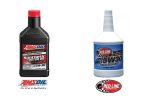
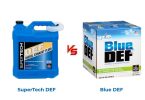


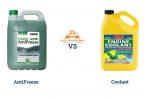


Leave a Comment